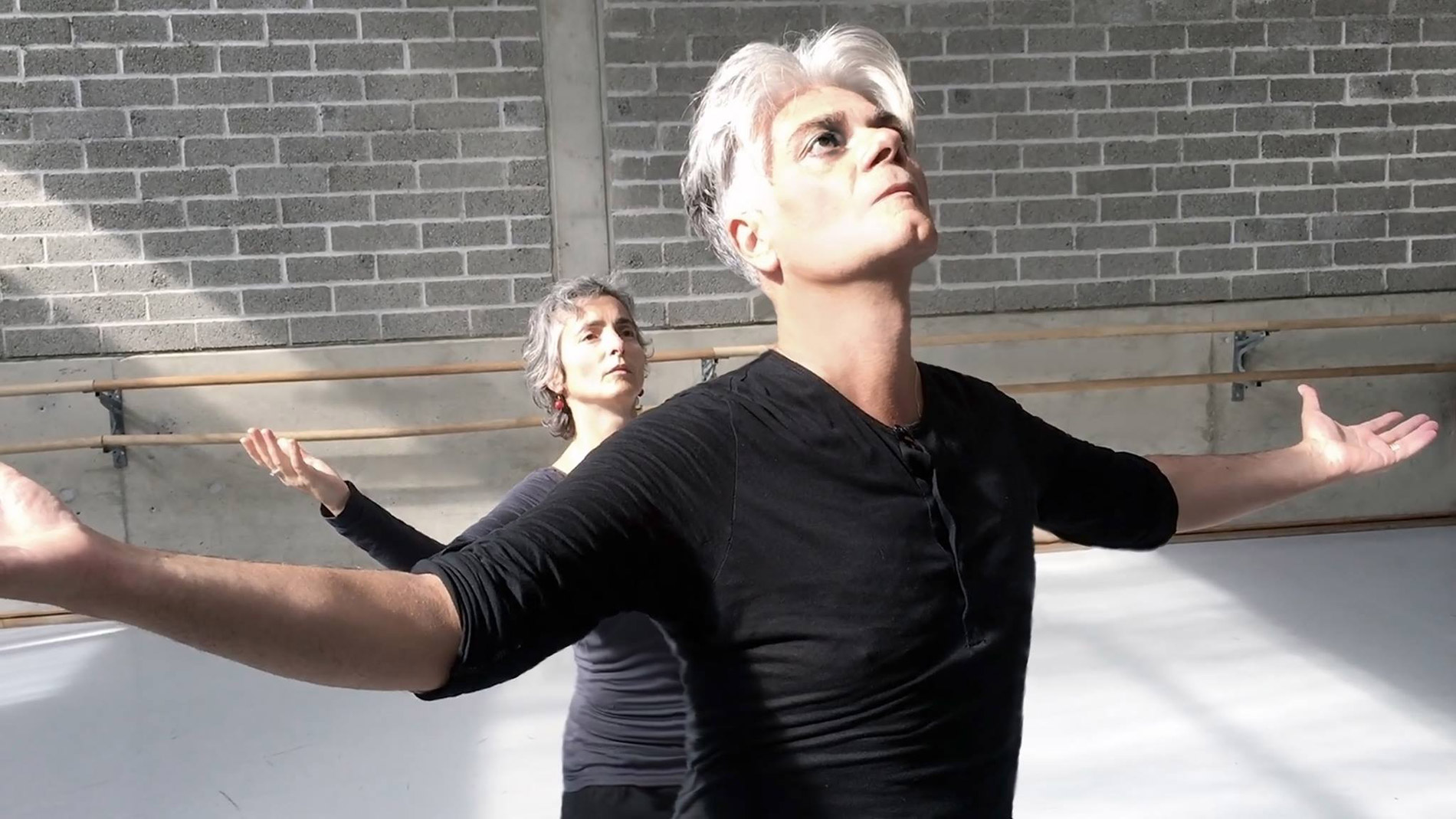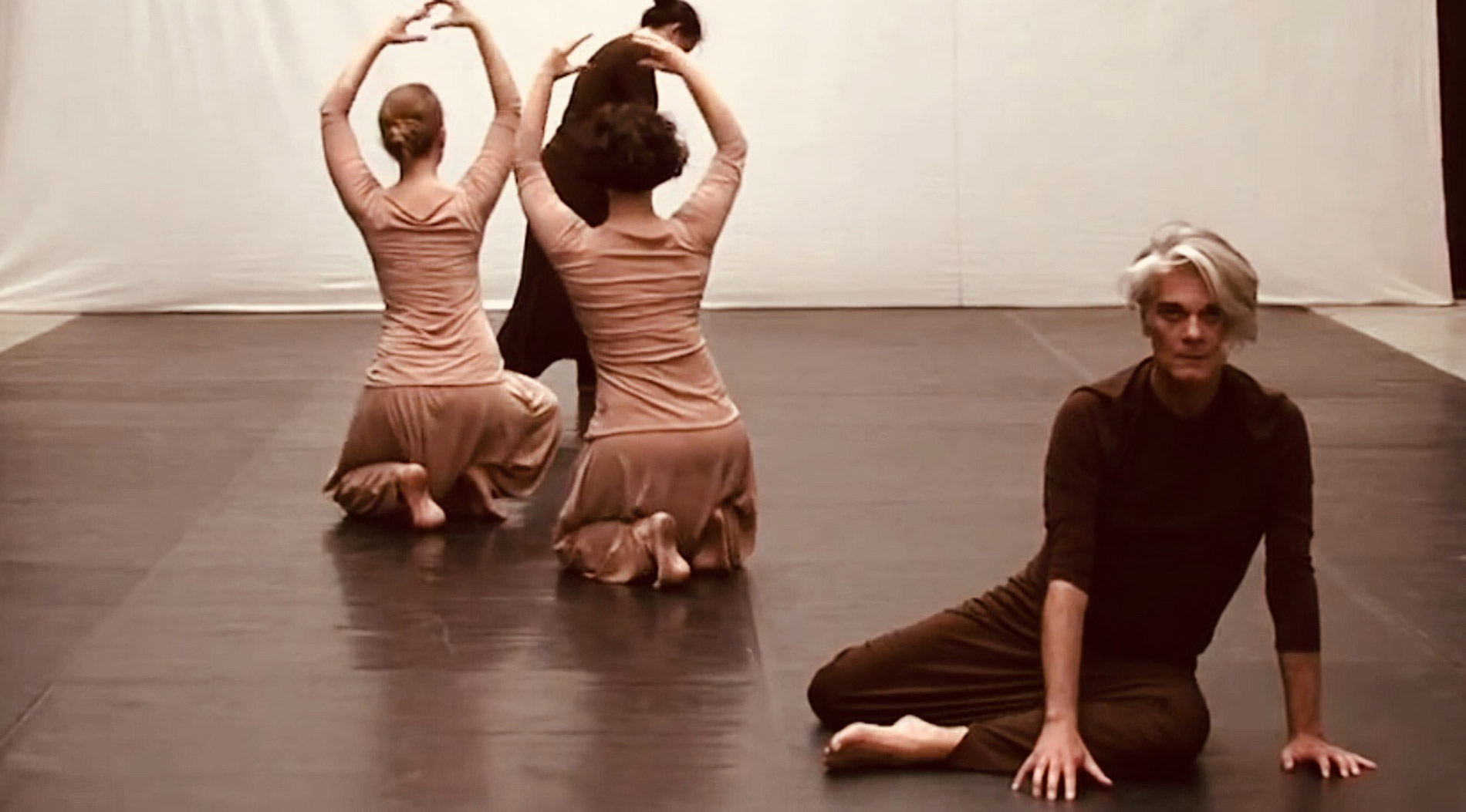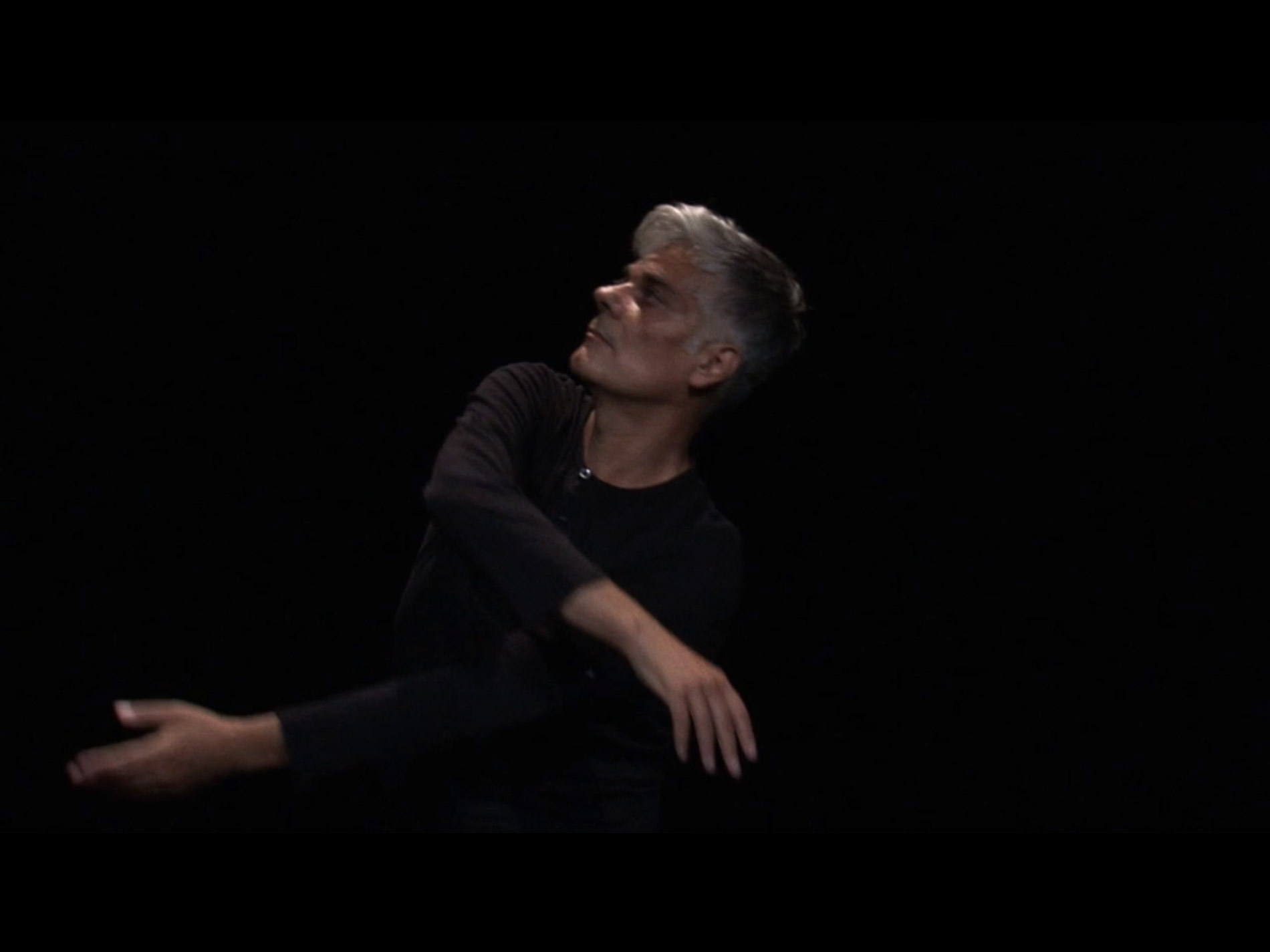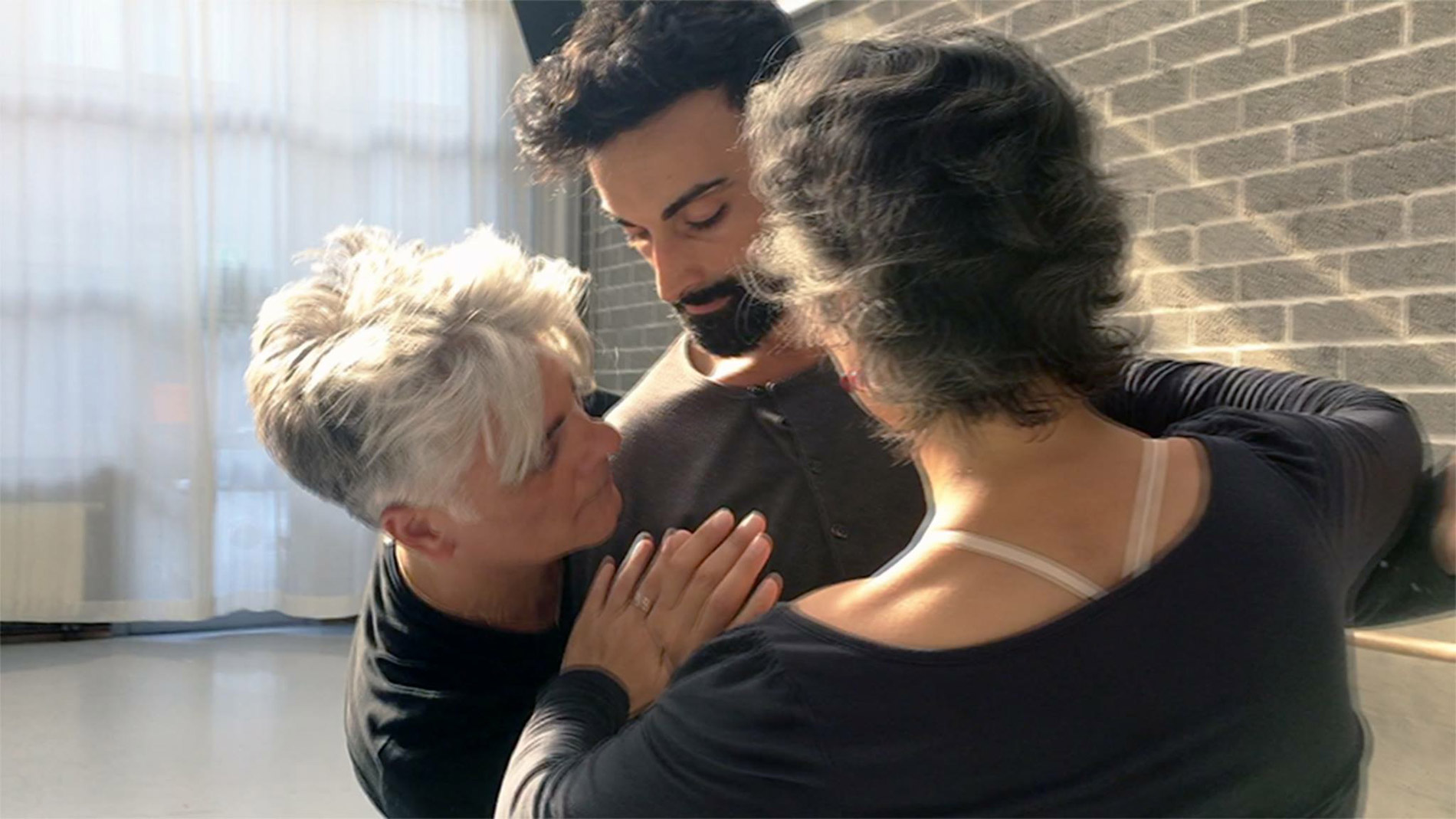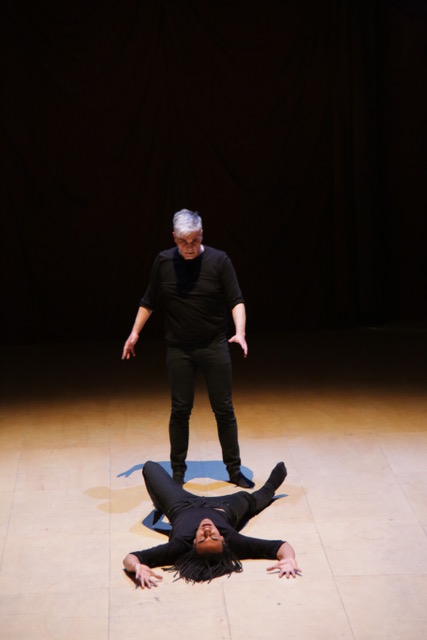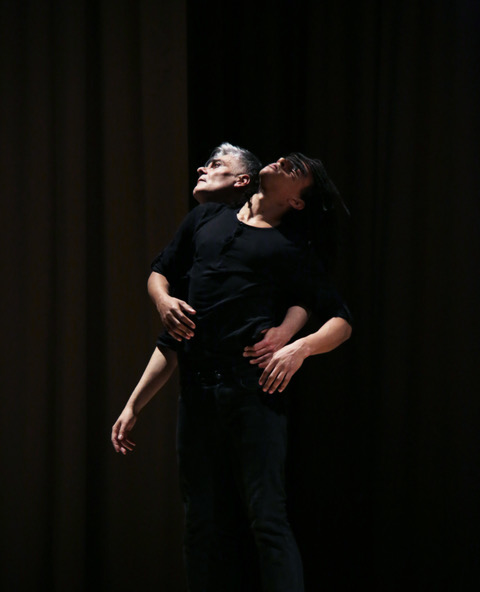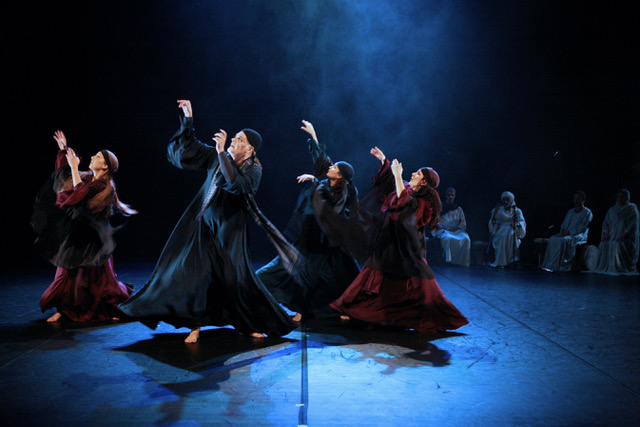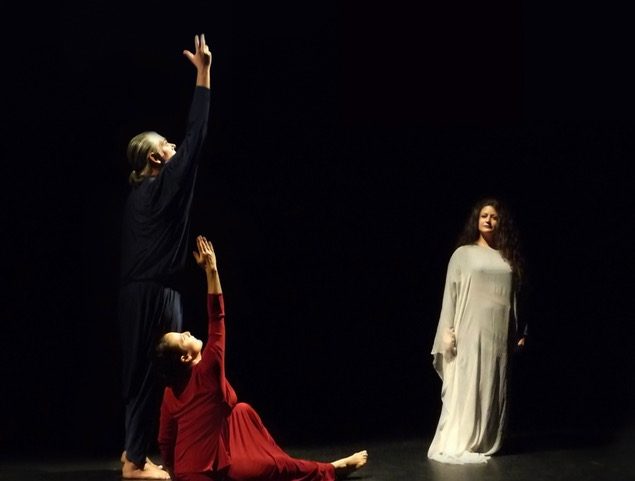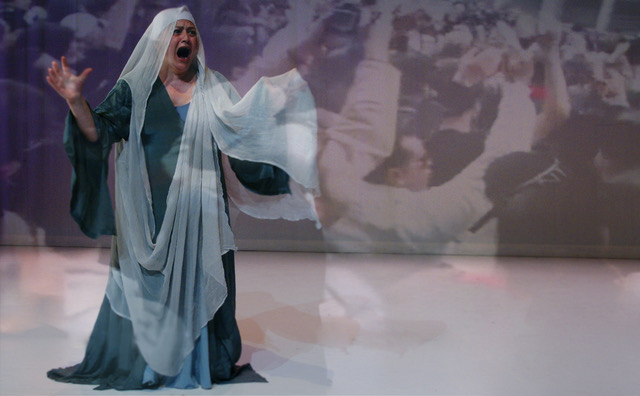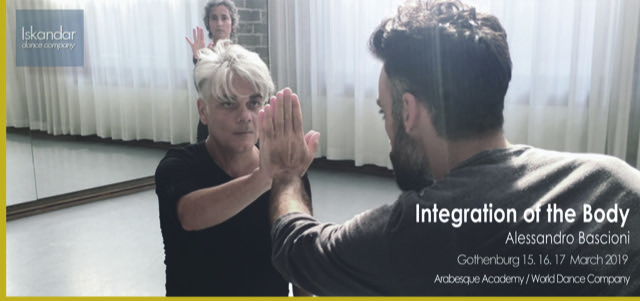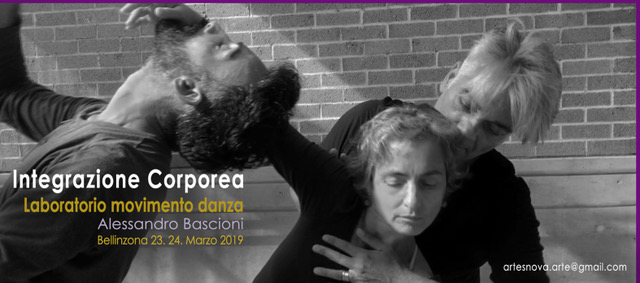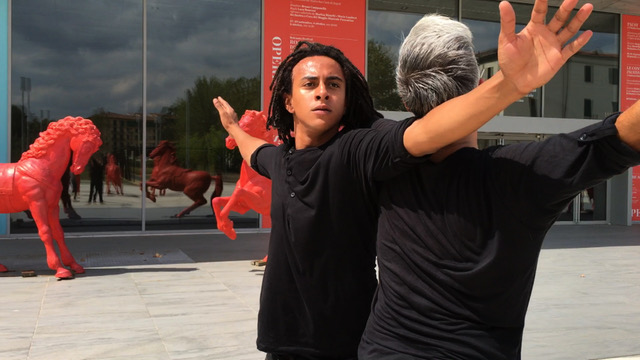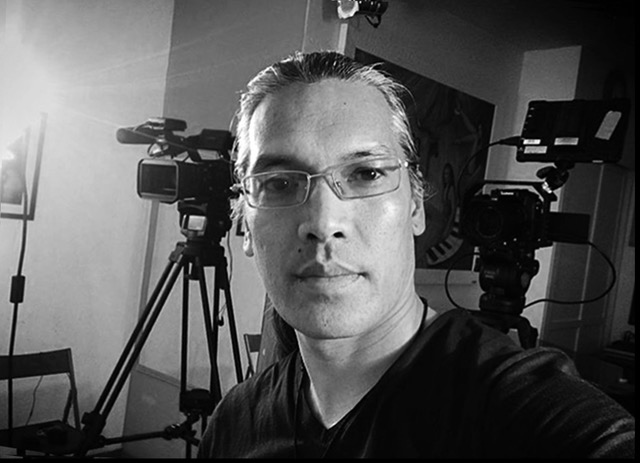Movement Artist
Alessandro Bascioni’s work reveals a continuous artistic research within his dance language embracing dialogue, informed by openness to other cultures and forms of movement. He places the spotlight on sociological issues exploring the human condition and all its facets of emotional expression.
Alessandro Bascioni trained in African dance and undertook the research on the language of the body and movement. In between 1993/95 he studied Movement Dance Therapy and concurrently, he delved into drama and theatre. Two years later he began training in Hilal Dance and through continuous research, creating and teaching, he significantly extended the language of this form in multidimensional ways. His training, research and experiences have all continued to inform his teaching and choreographic work up to the present time.
Alessandro made his debut as a choreographer in 2003 in collaboration with the Suraya Hilal Dance Company in the work “Aseel”. Based in London for some years, he established Iskandar Dance Company in 2004 as the framework to initiate work with his own ensemble of dancers. Since then, he created many productions and went on to win the interest of critics and audience alike. The company premiered the first production “The Waterwheel” in 2006 in Tanzhaus nrw, Düsseldorf. This creation was a milestone for Alessandro’s artistic career; the work toured internationally. In the same year, the company showcased the work for a two week season at the Edinburgh Festival where he was funded by the Scottish Art Council through Dance Base, (The Centre for dance of Scotland).
“Iskandar Dance Company… There is a meditative subtlety in what the choreographer Alessandro Bascioni and his dancers achieve: The Waterwheel is like an oasis of restorative calm.” The Herald, Mary Brennan 2006
From the strength of this success in 2007, the company was invited to present the work at the Sadler’s Wells in London and later at the IMA in Paris, with sold out performances.
“Awakening”, (2007/08) exemplified Alessandro’s use of spatial, calligraphic flow with three dancers. The piece also includes solo improvisation with Alessandro and the renowned composer/musician Joseph Tawadros where their union heightens moments of virtuosity. The production premiered at the Rothebϋl Theatre Stuttgart and toured internationally. In the same year Alessandro created “Memories” a solo piece for the Suraya Hilal production “El Mizan”. This work was set to the sophisticated 18th- century Oriental music with a live classical ensemble.
Alessandro ventured into theatre, dramatising idiosyncratic movement and gesture working with the actor/dancer Mirella Maciarello in “Becoming” created in 2009. It was showcased in Tanzhaus nrw and also has been part of the Sadler’s Wells Global Dance Contest. “A’ Nour” (The Light) (2010/11), premiered in Tanzhaus nrw, a collaboration with a three percussion ensemble (Ibrahim El Minyawi, Paolo Veronica, Wassim Halal), was a high impact performance for five dancers showing the power of African ritual.
“Alessandro Bascioni, the enigmatic dancer, shows through his choreography a stately ritualistic atmosphere heightened by several leitmotif of movement recurring throughout the five sections, and produces dances which although they repeat are rarely repetitive. (…) A well hour spent at Sadlers Wells.” Dancing Time Magazine – Gerald Dowler
With the uprising world events of the Arab Spring in 2011, Alessandro examines the social and political response to the topical event of the Tunisian Revolution in the piece El Hourria (Freedom); using dance theatre and employing multimedia technology, enhancing the tension and power of the narrative.
“A compelling performance…” Kultur Rheineishce Post
“Burning Lands” is an audacious work in which Alessandro employed a rigorous and prolific exploration between dance and music, theatricality and intense gestures set to the sophisticated music of Ross Daly. Premiered in Tanzhaus nrw in 2013. It was restaged in 2014 supported by the Cultural Department of Comune di Roma, at the ex-Cartiera Latina.
With the breakthrough choreography of these two pieces, Alessandro draws from the principles of geometry, natural body language, defying social structures and offering a unique perspective on the body’s dynamics in space and time.
“Burning Lands – The piece through its choreography, expresses, “le mal de siècle”; the social and political dysfunction. This piece of great theatrical value and originality does not give answers or suggests resolutions but mostly, shows the audience a perspective without hypocrisy or compromise of the rawness and crudity of life. It is relentless and overwhelming!” DANZASI Magazine 2014 – Gea Finelli
Since 2008, Alessandro has collaborated closely with film maker/artist Ferdinand Cappelletti sharing the same vision in uniting two different artistic disciplines, choreography and video art. The experimental work of video performance evolved into the creation of “Boundaries” 2014; the theme develops quickly, stating that: “Identity becomes a prison when it sets the boundaries that hold back the essence of the person.” Alessandro further evolved his studious exploration to find a surrendered state of stillness in movement as response to the music leading into the creation of “Prayer” in 2015. The piece is about the facets of worship, yearning, surrender, and human invocation.
“An extraordinary spiritual dance piece…” The Evening Standard
Collaborating in 2016 with the young dancer Karim Saoud, in “Beyond the Mirror”, Alessandro’s movement dramaturgy depicting a story between two characters pushing beyond each others limits in an unequivocal palpable emotional discourse. The range of action from the utmost simplicity of walking to the fullest complexity of playing between fragility and strength; through distance, reapproaching, the seeking and the repulsion, gives a poetic counterpoint to Ludovico Einaudi’s music.
Initially, it began in an experimental mode for video performance which was showcased live at Online Performance Art Festival. In 2017 the work was staged at Villa Torlonia Theatre, supported by the Cultural department of Comune di Roma and Zetema Cultural Project.
“What strikes you most in the performance “Beyond the Mirror” is (…) the cooperation, comprehension, acceptance, listening, compassion, and overcoming the solitude.” Simona Olive, OPMagazine 2017
Alessandro and Ferdinand Cappelletti continued to develop their shared passion of dance for film which can realise multiple layers of reality and emotional psychological depths. Their collaboration inspired Alessandro to create further pieces: “Compassion”, “Ascolto”, and “Mecvm”.
“Compassion”, was filmed in a dance studio with a unique approach to the choreography’s flow of energy; an ongoing exploration of the relationship between movement, light, music, and camera. Set to the melodies of the Duduk the ancient Armenian instrument; the subtle use of Cappelletti’s camera work flows with the dancer’s movement in a way that is both poignant and compelling in its support of the over all emotional impact.
“Ascolto”, is a work that infuses intensity and fragility in the way we relate to each other.
The camera and the three dancers move gracefully, calligraphically in space, merging in a calm ambience responding to the music with pure improvisation.
“Mecvm”, was filmed in nature by the sea, where Alessandro explores dance movement within nature’s elements. The camera work merges the dancer with the waves, sand, wind and the sun in a piece that explores the relationship with the self.

